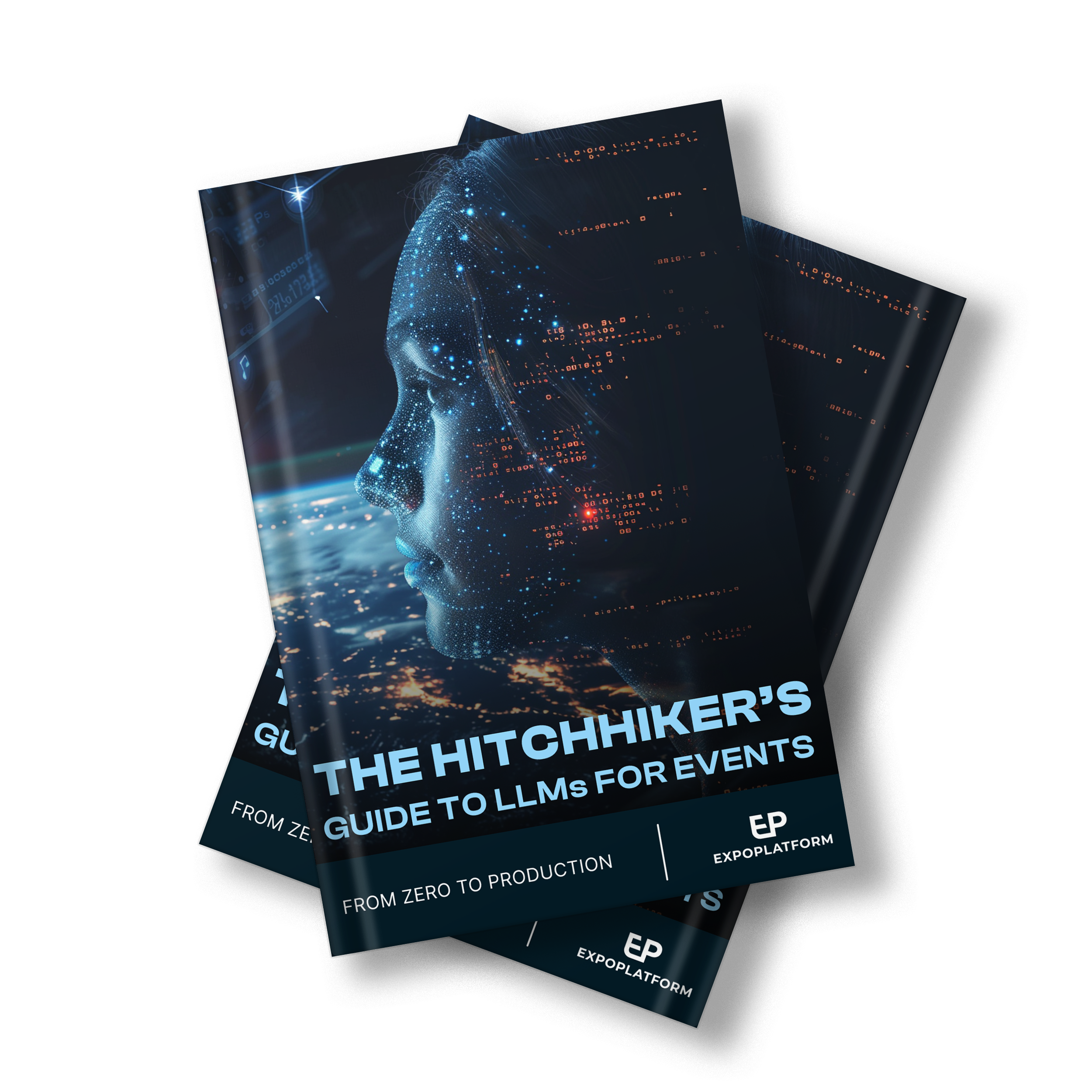
How to build a high-impact tradeshow website in 2024
Tradeshow websites serve multiple purposes. They are a bridge between buyers and exhibitors, a showcase to highlight products and brands and a comprehensive resource for event-related information.
In this article, we do a deep dive on how to create a high-impact tradeshow website to get more clicks and conversions for your shows in 2024.
Read more 👉 10 ways an event website fosters tradeshow success
Step #1 Planning 💡
Define your exhibition goals
Before jumping into website design and development, you need to define clear, specific objectives for your exhibition.
It could be increasing brand awareness, gathering new contacts and prospects, maximising buyer-seller connections and securing advance orders.
Get as specific as possible – for instance, aim to expand your network by a certain percentage or target a specific number of new contact acquisitions or advance orders.
Balancing your objectives with a realistic understanding of the exhibition’s size, duration, attendees and potential for business leads will help measure success and return on investment.
Craft a content strategy for the website
A well-planned content strategy for your exhibition website is crucial.
Brainstorm the different ways your website can engage and inform your audience about the exhibitor’s products and services.
Content can range from blog posts, case studies, interactive videos, pdf manuals or product demos.
Combine this with seamless and visually pleasing design aesthetics and a clear call-to-action (CTA) for the best impact. For example ⤵️

Bonus Tip: Consider extending special offers or discounts to tradeshow attendees. This can act as a magnet for people to visit your site and potentially transition from visitor to customer.
Identify your potential audience
In the context of your exhibition, identifying your potential audience is not limited to merely determining who might be interested in your products or services.
This also involves delving deep into customer behaviours, preferences, needs and challenges.
You can refine your research by reviewing demographics from past exhibition attendees – analysing web traffic of industry competitors, leveraging social media and Google analytics or even sending surveys to existing customers.
This helps align your website’s content and design with your target audience’s preferences to ensure a more personalised and engaging experience for visitors.
This is key in delivering ad content, creating product recommendations and structuring email lists for relevant targetting.
Step #2 Development – mastering website essentials 🎯
Choose an attractive domain name
Choose a domain name that resonates with your business identity – it should be easy to remember and have a good recall value.
Short, concise and easy-to-type domain names perform better and can be easily shared.
Consider using industry-specific keywords in your domain name to improve search engine rankings.
For exhibitions, having a separate or subsidiary website tailored for the event helps maintain exclusivity and creates buzz.
Use your website’s wall space efficiently
Consider your event website as digital ‘real estate’ – you can showcase key differentiators, brand accessories and messaging artworks to make your exhibition stand out.
Implement banners, artwork and essential information that is easily found by visitors.
Make sure to avoid clutter and convey your message clearly without confusing your visitors.
A well-designed and arranged virtual space can result in better ROI, augmented brand value and better lead generation. See the example below:

Incorporate visually powerful content
You can greatly enhance the user experience and engagement by using captivating images, expressive infographics and engaging videos on the website.
Consider showcasing your event results to put a credible touch on your potential audience.
Displaying videos or images of happy customers at the venue space is one way.
It breaks monotony, tells a story and creates a deeper connection with attendees.
Your aim should be to make your website an enjoyable sensory experience for your visitors – be liberal with multimedia elements but also ensure relevance and quality to enforce your brand identity.
Step #3 Set up the branding ⭐
Showcase expertise and experience
While setting up your website, make sure to drive the point home how your event has influenced the industry as a whole.
Feature visitor voices, audience testimonials, media coverage and case studies illustrating the authority of your show in the industry.
This enforces trust, credibility and reliability among your potential customers.
Reflect your USP
Highlighting your unique selling proposition (USP) is a critical aspect of outstanding website development.
Avoid gimmicky phrases like “most famous” or “number one event” – instead, highlight tangible benefits and key features.
Examples of effective USPs can include some standout stats like leads generated or engagement numbers using tech like mobile event app and lead intelligence tools.
Or you can demonstrate your commitment to sustainability by showcasing any green initiative that will reduce the event’s carbon footprint.
Also read ➡️ How to make your events greener with ExpoPlatform’s Meetings Make Trees programme.
Step #4 Elevate the user experience 🧗
Make the website scannable
Most internet users skim through content rather than reading each word – it’s key to present the information in an easily digestible and scan-through format.
Use headlines and subheadings to break up large blocks of text.
Keep paragraphs short for easy readability. Bullet points are a must while listing information, as they help underline essential points without overwhelming the reader.
Incorporate blocks of whitespace to aesthetically balance out the content and allow the reader’s eyes to rest.
It reduces visual clutter and increases comprehension.
Also, leverage your design to highlight key information and guide your website visitors through your content in a logical way.
Your webpage should strike a balance between being informative and easy to navigate. The International Rice Congress website is an example of a clean layout with ample white space ⤵️
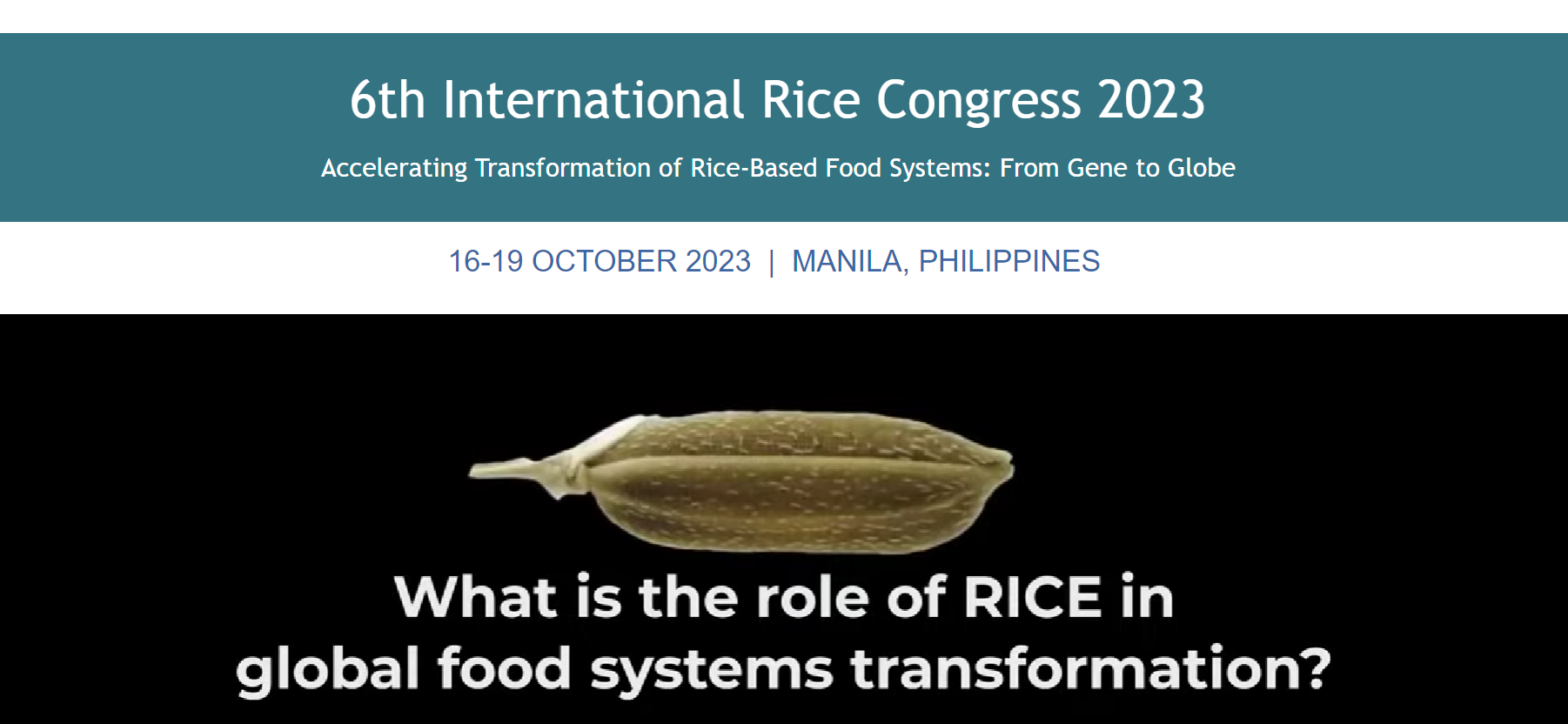
Provide additional resources
Educational resources such as e-books, whitepapers, guides, videos, podcasts and webinars can further enhance the user experience and improve your brand credibility.
This cements your standing as an industry leader, encourages repeat visits and fosters trust with potential customers.
Create a dedicated section on your website – such as a learning corner or resource centre where users can easily access these materials.
Also, make it easy for visitors to share the content on social media platforms and via email.
Offering enriching resources with actual value helps assert your stand as a thought leader in your industry and demonstrates a commitment to your audience’s knowledge and growth.
Create downloadable and on-demand content
Providing downloadable and on-demand content is essential for exhibitions and trade shows.
Not everyone will have time to explore your website during the event. However, they might want to later watch event sessions or download product catalogues, brochures and other educational material.
These can be offered as downloadable PDFs or made available via a QR code that can be scanned and saved.
This addresses your audience’s requirements and also aids in lead generation, as you could request contact information or a newsletter subscription in exchange for the download.
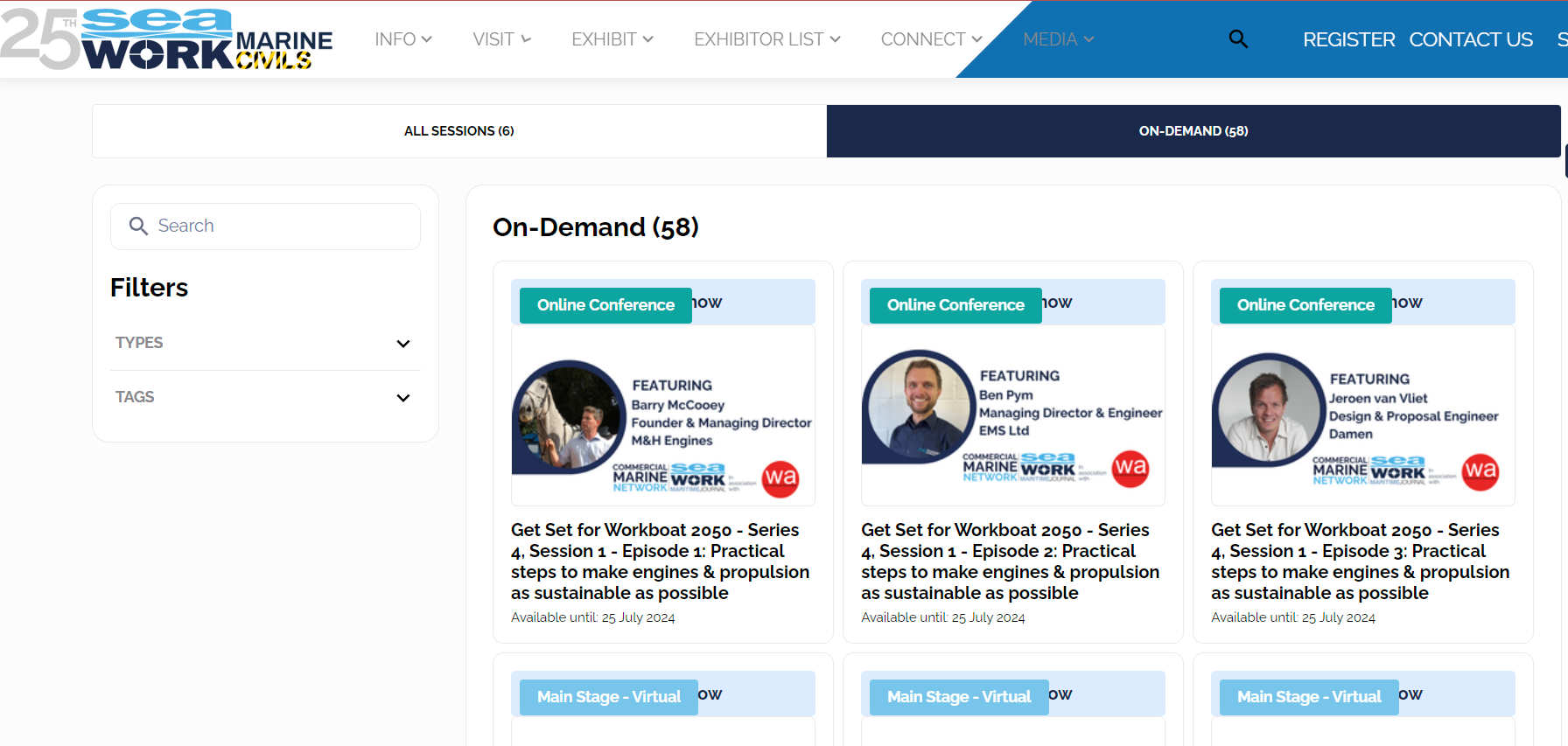
Step #5 Amplify online presence through SEO 💻
Importance of Search Engine Optimisation (SEO)
Search Engine Optimisation (SEO) is crucial to ranking your website higher on the search engine result pages and boosting its visibility.
A properly executed SEO strategy will drive relevant traffic to your website, improve your brand’s reputation and increase lead conversion rates.
From an exhibition perspective, SEO helps attract more relevant visitors interested in your industry – the results are not immediate though, so it’s important to be patient and persistent.
Use relevant keywords and meta descriptions
Using relevant keywords and meta descriptions in your website significantly improves your SEO. These help you move up the ranks on search engine result pages and increase your visibility.
Keywords should be sprinkled throughout your content and include industry-specific terms, product or service descriptors, brand elements and other words or phrases that your target audience might use.
Remember to place keywords in your headings, subheadings and image descriptions to maximise their impact.
Meta descriptions are short summaries of web page content that appear in search engine results pages – these are said to boost visibility in search results.
Step #6 Promote your website through social media 🤳
The power of social channels
Social media platforms like LinkedIn, Twitter and Instagram are cost-effective routes to amplify the reach and success of your exhibition or tradeshow.
You can disseminate information, excite your potential attendees and establish a digital footprint.
Social media allows you to create a buzz around the show, your products or experiences.
Engaging tools such as sneak peeks, countdowns, quizzes and live chats can keep your followers hooked and generate that much-needed ‘Fear of Missing Out’ (FOMO) among audience members.
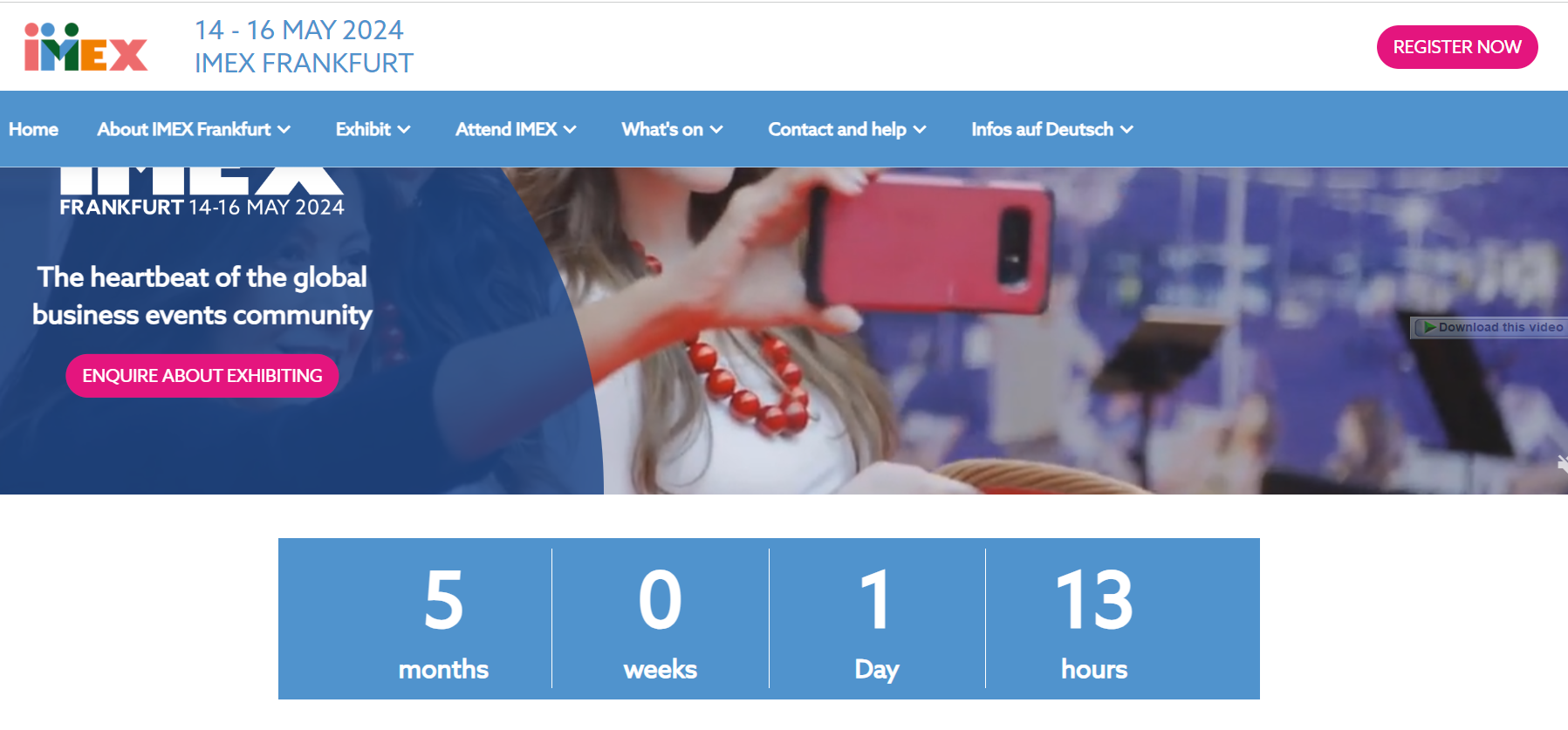
Use hashtags and live social media walls
Using hashtags and live social media walls can boost your exhibition or trade show’s online visibility and positioning.
They can encourage digital participation and interaction, transforming passive audience members into active contributors in the digital conversation.
Utilising an event-specific hashtag can amplify your reach and consolidate all related content in one digital space.
If your event doesn’t already have an official hashtag, consider creating one.
Engage with the audience by encouraging them to use the designated hashtag in their posts and tweets, creating a domino effect of digital word-of-mouth marketing.
A live social media wall can display real-time social media posts featuring your event hashtag, encouraging attendees to join the online discussion.
Positive messages displayed on the wall can attract new visitors to increase the chances of making sales.
The key to striking the right balance with both is effective moderation. Revolve live feeds around the audience’s positive experiences, manage negative exposure and foster an inclusive digital environment.
Final step: After the exhibition – keeping the momentum going 🚴
A successful website requires consistent monitoring and regular updates to remain relevant and effective.
Post-exhibition, it’s important to check your website traffic, bounce rate and conversion rate with the help of analytical tools.
These help in identifying areas that require fine-tuning or improvement.
Updating your website regularly is just as essential. This can involve adding new blog posts, updating product descriptions and refreshing your images and videos.
Routinely updating content not only engages your users but also boosts your website’s performance on search engine result pages.
Staying updated with the latest trends and developments in your industry and incorporating them into your website can help you stay ahead of the competition.
Make sure to maintain the security of your website by updating your plugins and software, regular backups and ensuring it’s locked down with an SSL certificate.
Conclusion
Creating a high-impact website for exhibitions and tradeshows involves strategic planning, well-curated content and a focus on user experience.
When done right, it can draw in potential customers, engage them and lead them further down your sales funnel.
While the process might seem elaborate and time-intensive, the rewards spill over into boosted online visibility, increased brand credibility and improved lead conversion – all while streamlining your workflow.
Modern event tech tools have made this process much easier though.
You can create interactive websites that convert with ZERO coding experience – learn how with ExpoPlatform’s Event Website Builder.
We hope you enjoyed reading this article and found it useful. At ExpoPlatform, we want to help you build better events and communities. Please get in touch and ask for a demo here. Thank you 😀
There's more you might like
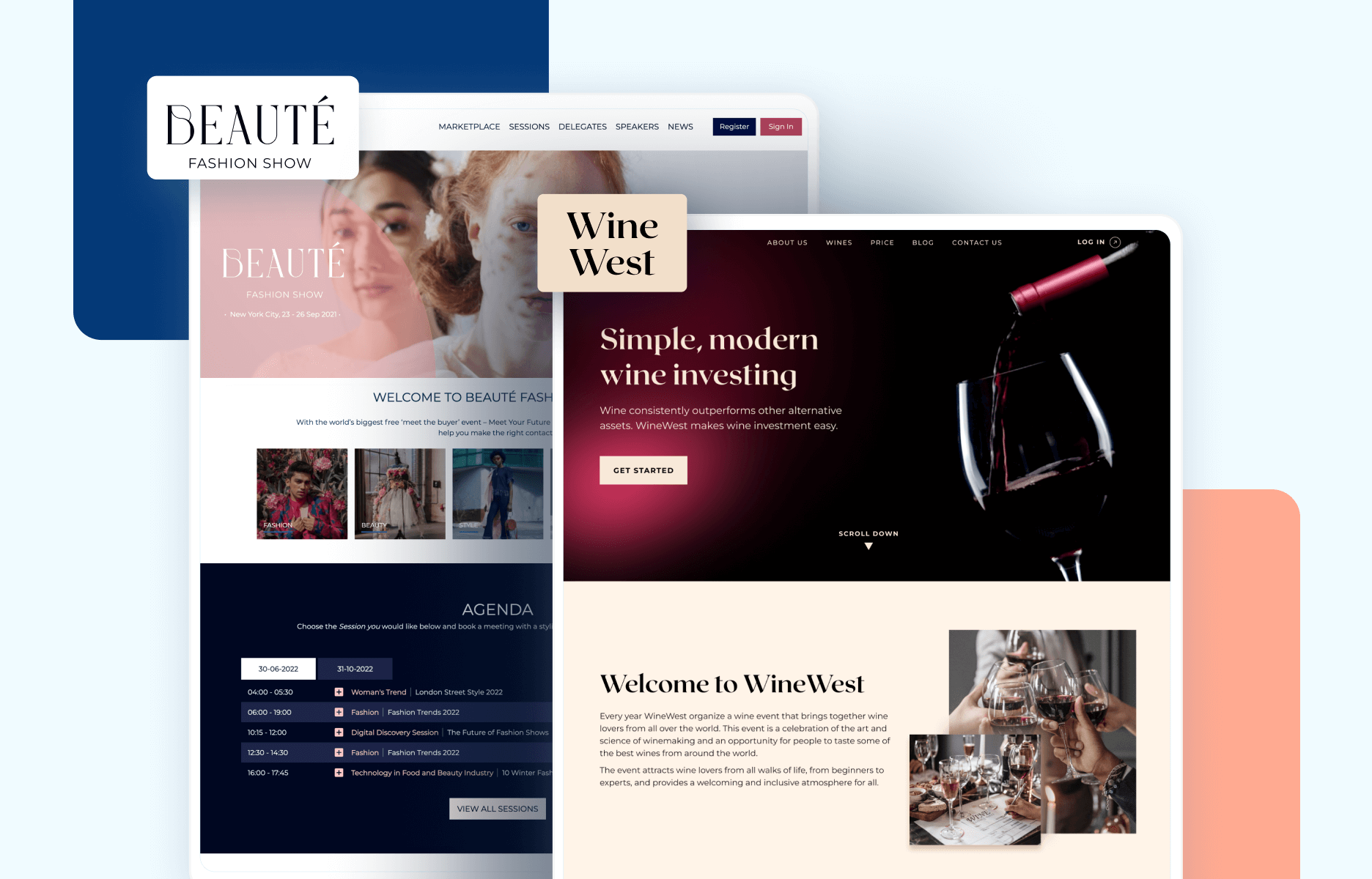
10 ways an event website fosters tradeshow success
Event websites have evolved from digital brochures to all-access information hubs. A feature-rich website now helps tradeshows facilitate buyer-seller connections and close business deals. In this article, you’ll learn the 10 ways a dedicated event website can help tradeshows succeed ⤵️ 📩 Download our Events Amplified ebook to learn how tools like event website and ...

